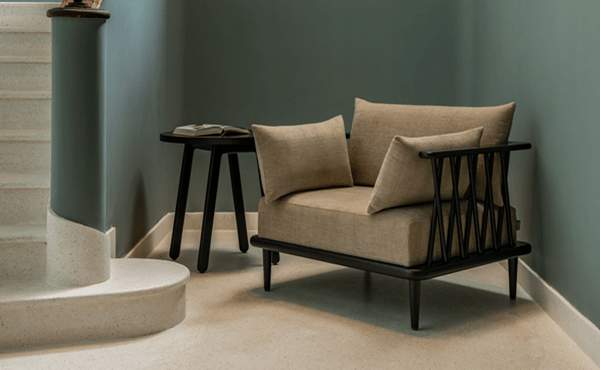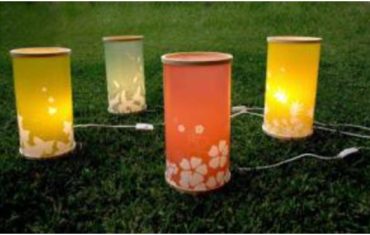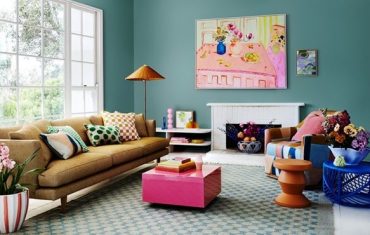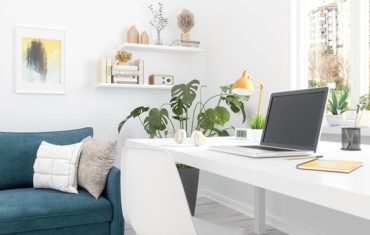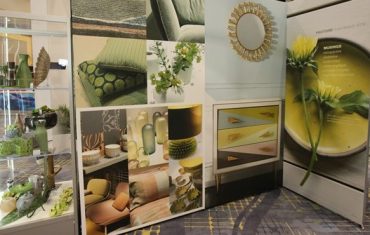As we move through 2025, the world of interior design continues to evolve, driven by the desire for spaces that inspire, comfort and adapt to modern living.
This year, the focus shifts to designs that do more than fill a space—they tell a story. From sustainable materials that honour the planet to bold colours and textures that spark emotion, the trends of 2025 reflect a deeper connection to the spaces we inhabit.

1. Sustainable simplicity
In 2025, the design embraces a ‘less is more’ philosophy, focusing on functional and environmentally friendly furniture. Sustainable simplicity prioritises clean lines, timeless aesthetics and the use of eco-conscious materials. This trend reflects a growing desire for mindful consumption, where quality and sustainability go hand in hand, offering pieces that stand the test of time while respecting the planet.
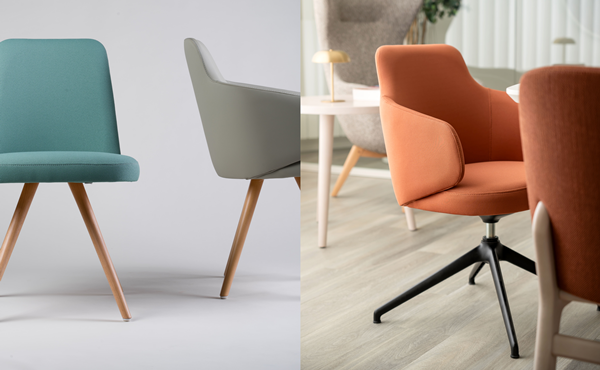
2. Multifunctional furniture
With modern lifestyles demanding adaptability, 2025 places a spotlight on furniture designed to serve multiple purposes. Multi-functional furniture blends form and function, offering pieces that effortlessly transition between different uses and spaces. From stackable chairs to versatile seating solutions for homes, offices and hospitality settings, this trend focuses on practicality without sacrificing style, meeting the needs of dynamic, ever-changing environments.
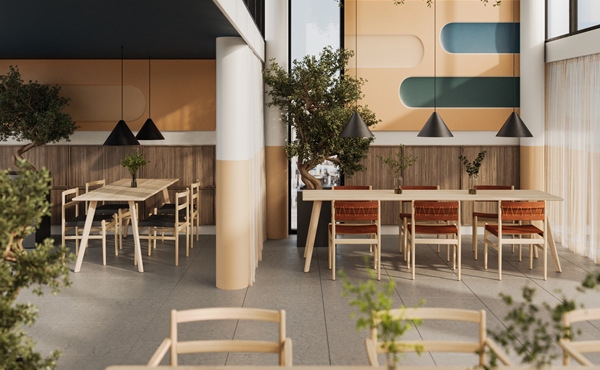
3. Playful minimalism
The new year redefines minimalism by adding a touch of personality and charm. Playful minimalism retains clean, simple lines but introduces vibrant colours, soft curves and unexpected details that bring a sense of joy to functional designs. This trend combines understated elegance with lively accents, creating modern yet inviting furniture, perfect for relaxed spaces.
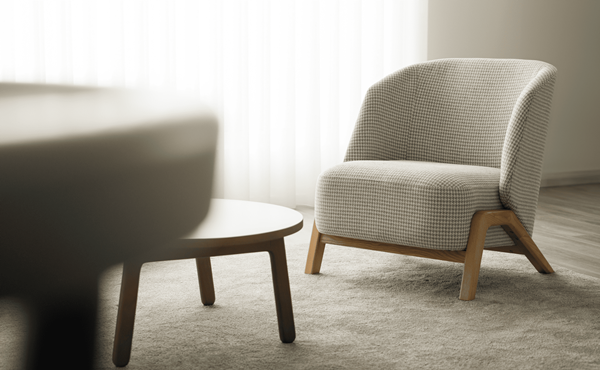
4. Comfort-driven design
Comfort takes centre stage as furniture evolves to prioritise the wellbeing of its users. Comfort-driven design focuses on ergonomic shapes, supportive structures and cozy materials, ensuring that every piece enhances the user experience. Whether in dining rooms or lounges, this trend delivers functional, inviting furniture that encourages relaxation and ease without compromising on style.
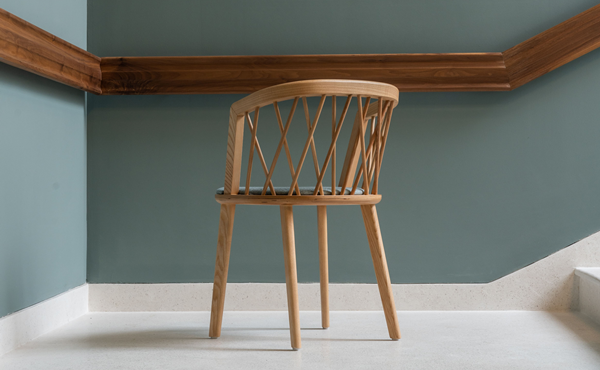
5. Biophilic elements
The connection between nature and design grows stronger in 2025 with the rise of biophilic elements. This trend incorporates natural materials, earthy tones and organic shapes to bring the outdoors inside. Furniture with woodgrain finishes, soft textures and greenery-inspired hues fosters a sense of calm and wellbeing, creating spaces that feel harmonious and rejuvenating, whether at home or in public environments.
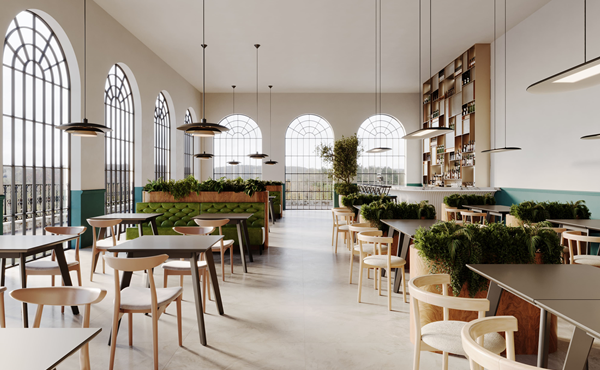
6. Accessible aesthetics
Design in 2025 emphasises beauty for all with the rise of accessible aesthetics. This trend focuses on creating stylish, durable furniture at a price point that fits a wide range of budgets.
These emerging trends highlight a shift toward designs that balance style, functionality and inclusivity. From sustainable simplicity to biophilic elements and multi-functional furniture, the focus is on creating spaces that adapt to modern lifestyles while staying connected to timeless principles.
Source: Fenabel



